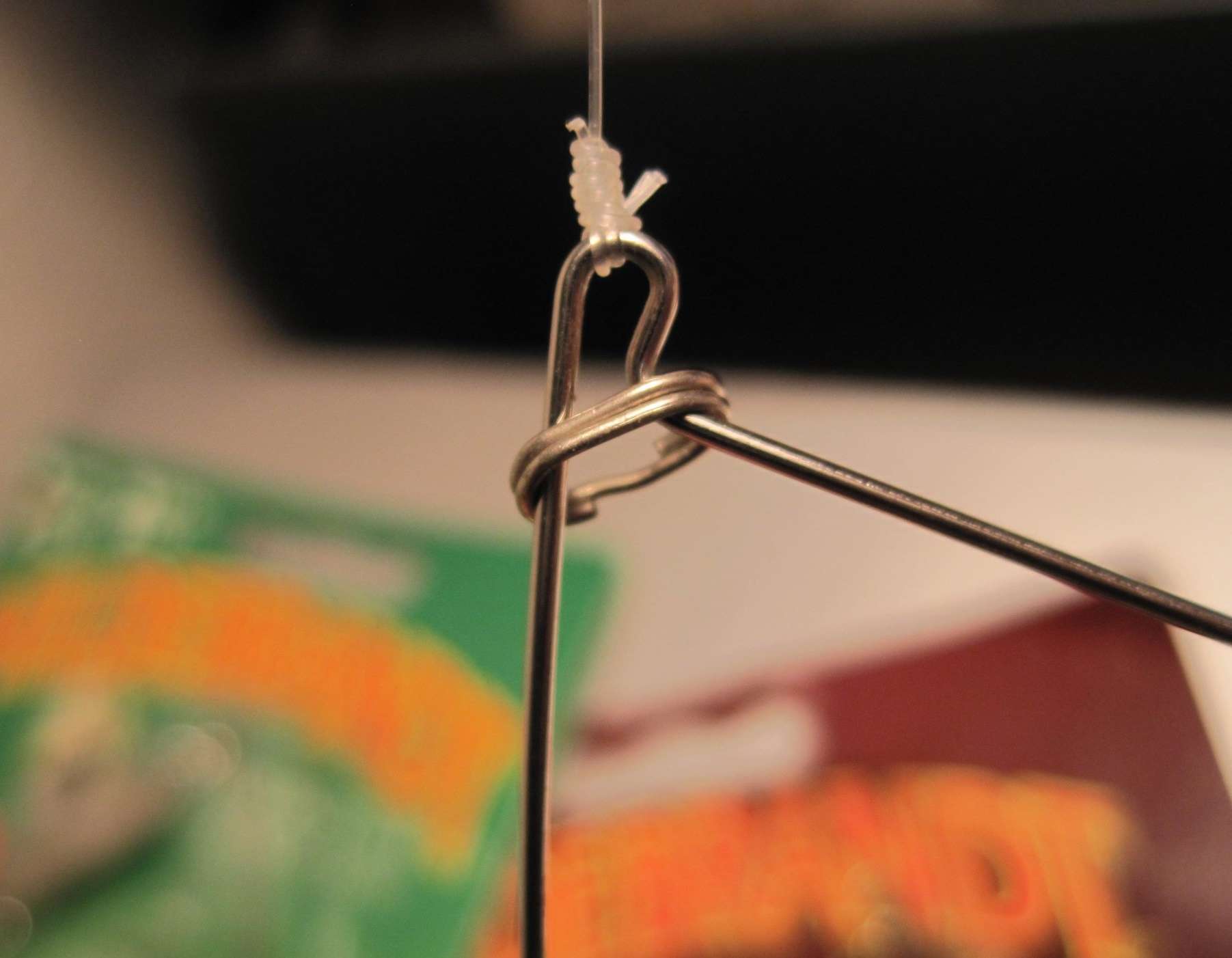
This time of year – when bass begin to move shallow – a wide variety of lures can make them bite. And among them are spinnerbaits.
But until Jason Christie’s performance at the recent Bassmaster Classic, you didn’t hear a whole lot about spinnerbaits. It seems the trend for reaction-type lures has drifted more toward swimbaits and bladed jigs.
That doesn’t mean spinnerbaits are any less effective. As Christie clearly proved, they can still catch plenty of fish. Big ones, too! They just need to be thrown under the right conditions.
To make them perform to their fullest potential, here are a few tips that can help.
Swindle’s safety pin
A few years back, I lost a couple of key fish in tournaments – fish that cost me considerable prize money. Both were hooked on spinnerbaits and both came off due to broken wire – a problem that, I later learned, could have easily been avoided.
You see, I prefer spinnerbaits with an open or R-bend style frame. Although they may not be quite as strong as bale or twisted-wire models, they do pulse and vibrate better … and that translates to more fish on the line. The trick is knowing when the wire is about to give out. And that’s tough, especially when the lure is producing and your confidence in it is high.
Anyway, I shared my frustrations with Gerald Swindle, and he recommended a quick fix. One that was simple, yet brilliant. I was amazed it hadn’t been thought of before. His trick? Adding a split ring.

That’s right! A split ring – positioned over the R-bend before tying the knot.
With this simple modification, the R-bend section of the wire form is still able to flex and vibrate as intended, yet won’t incur the added stress of repetitious casting or battling hooked fish. Simply put, the split ring restricts how much the wire can spread and that will reduce friction and heat – essentially eliminating any threat of breakage.
So, if you’re like me and you prefer open-wire blade baits, give G-Man’s trick a try. You’ll lose fewer fish while keeping your spinnerbaits serviceable a whole lot longer.
Trailer hook keepers
Anytime I’m throwing a spinnerbait and the cover will allow for it, I add a trailer hook. That’s especially true in tournaments. If I can increase the odds of putting hooked fish in the boat, I’m doing it … and trailer hooks can help.
How a trailer hook is secured is as important as the hook you choose … or even the spinnerbait for that matter.
I use a VMC short-shank O’Shaughnessy style hook that’s super sharp, and I want it to swing freely behind the main hook. This increases my hooking percentages significantly while allowing the spinnerbait to remain relatively snag resistant.
The reason I want a loose attachment is simple. If the trailer hook swings freely, it has a better chance of finding flesh – particularly when fish nip or swipe at the bait, rather than engulfing it. Stiffer connections will cost you fish. It’s just that simple.
So, with that in mind, here are a couple of ways to secure a free-swinging trailer hook. The first is to use a small disc of plastic – the kind used to mold common milk jugs. By taking a paper-punch, you can get a near-lifetime supply from a single jug.
To install these tiny discs, simply thread the trailer hook over the barb of the lead hook, then follow it with a single plastic disc – piercing it dead center. Continue by forcing the disc past the barb. The disc will snug securely to the hook shank, allowing the stinger to swing freely without coming off.
Another option is to use a silicon earring backing. They’re available through any craft store, and they’re cheap. You can apply them quickly, too. They’ll keep the trailer hook secure, yet swinging freely as desired.
Need For Speed
When a high-speed retrieve is required, there are a couple of tricks that can help your spinnerbait maintain an upright or vertical attitude as it speeds through the water.
The first is obvious: downsize the blades. Smaller blades create less resistance and, therefore, allow a spinnerbait to run truer at higher speeds. If you’re throwing a tandem model, usually only the trailing blade will require downsizing. Occasionally, though, reducing the size of the lead blade may also be required. Either way, by dropping down in size, less resistance results during the retrieve.
Another trick is to trim or thin the skirt. A skirt that’s too thick can also cause the spinnerbait to tilt to one side or even roll over during high speed retrieves. By thinning the number of strands, you’ll reduce drag.
Though the number of strands may vary from skirt to skirt, the result will be the same: Fewer strands means less resistance. So by thinning the skirt and/or downsizing the blades, you can modify just about any spinnerbait to run truer and quicker through the water.
Hopefully these tricks will help you catch more fish this spring. If you try them, I’m confident they will.

